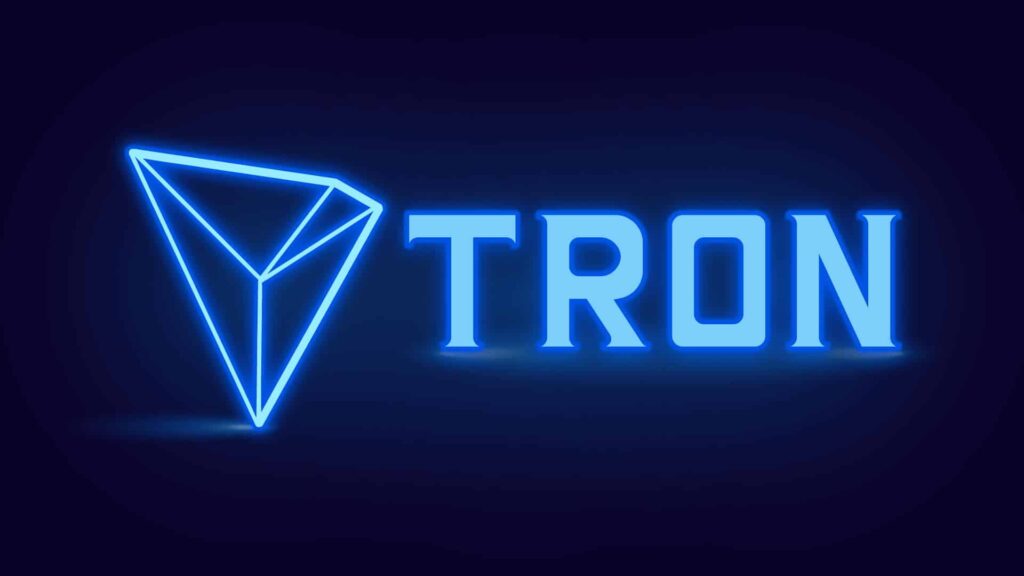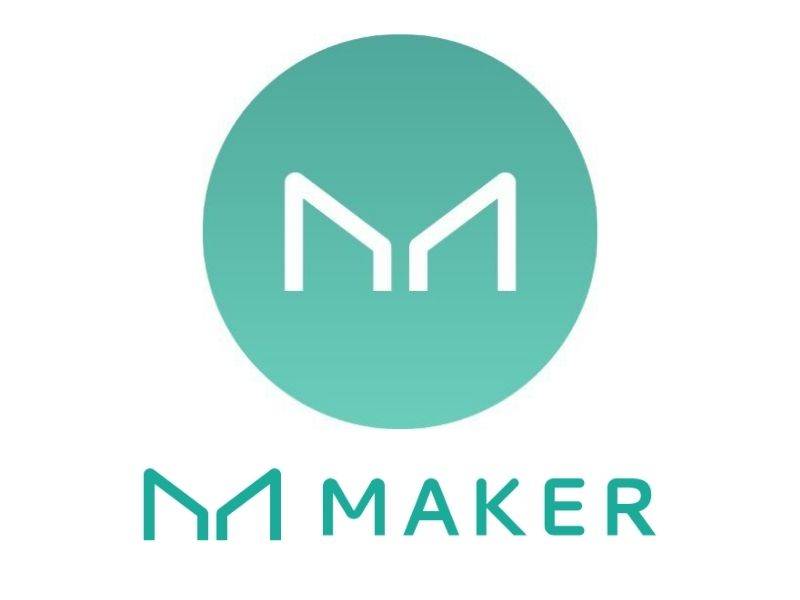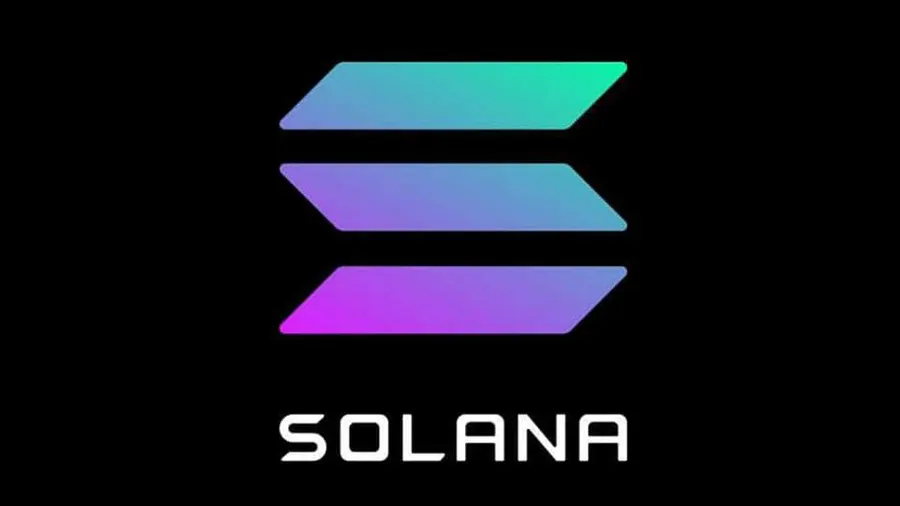In the fast-paced and often confusing world of cryptocurrencies, it’s easy to get caught up in the excitement surrounding token prices and market trends. However, to truly gauge the health and potential of a crypto project, it’s essential to look beyond the surface and focus on a crucial metric: crypto revenue.
What Exactly is Crypto Revenue?
Crypto revenue might sound like a complex concept, but it’s actually quite straightforward. In a nutshell, it refers to the money that a crypto company earns from the fees paid by users of its token or blockchain. These fees can come from a variety of sources, including:
1. Network fees: Users pay these fees to have their transactions approved and processed by the network’s miners or validators.
2. Trading fees: These are the fees that users pay to swap tokens on decentralized exchanges (DEXs) like Uniswap or PancakeSwap.
3. Lending fees: On decentralized lending platforms, borrowers pay these fees to take out loans in cryptocurrencies.
4. Minting fees: When creating new non-fungible tokens (NFTs), users pay minting fees to cover the cost of adding the NFT to the blockchain.
A portion of these fees is typically retained by the crypto company itself, providing it with the capital necessary to continue developing and expanding its project.
Why Is It Important?
Now that we’ve covered what crypto revenue is, let’s dive into why it matters. Crypto revenue is a vital indicator of a project’s success and long-term potential, and here’s why:
1. Demand: High revenue suggests that there is significant demand for the project’s services or products, indicating that it is fulfilling a real need in the market.
2. Confidence: Investors are more likely to trust and have confidence in projects that generate steady streams of revenue, as it demonstrates the project’s ability to create value.
3. Sustainability: Consistent revenue provides a project with the financial resources needed to support its long-term growth and development.
4. Incentives: Higher revenue can translate into better rewards and incentives for participants in the project’s ecosystem, such as validators or token holders.
On the other hand, declining revenue can be a red flag, pointing to underlying issues like poor tokenomics, waning demand, or intense competition from other projects.
The Crypto Revenue Leaderboard
Let’s take a closer look at some of the top revenue-generating crypto projects:
1. Ethereum
This blockchain behemoth earns revenue through network fees (often called gas fees) and fees from the numerous Layer-2 solutions built on top of it. Recent upgrades to Ethereum have optimized its fee system to make it more efficient and user-friendly.
- 30-Day Revenue: $111.7 million
2. Tron

Tron generates revenue by charging fees on transactions that use its native TRX token. It has established itself as a major player in the DeFi (decentralized finance) space, particularly in Asian markets.
- 30-Day Revenue: $134.8 million
3. Maker DAO

As one of the largest DeFi lending platforms, Maker earns revenue from the interest paid by borrowers, liquidated collateral, and fees charged to maintain the peg of its stablecoin, DAI, to the US dollar.
- 30-Day Revenue: $27 million
4. Solana
Solana has experienced rapid growth, occasionally even surpassing Ethereum in metrics like NFT trading volume. Its revenue is primarily derived from transaction fees on its high-speed blockchain.
- 30-Day Revenue: $25.9 million
5. Avalanche
This blockchain places a strong emphasis on efficiency and compatibility with Ethereum’s ecosystem. It earns revenue through transaction fees paid in its native token, AVAX.
- 30-Day Revenue: $807, 640
What Investors Should Keep in Mind
When evaluating a crypto project through the lens of revenue, there are several key factors to consider:
1. Growth trajectory: Is the project’s revenue increasing steadily over time, or does it seem to be stagnating?
2. Consistency: Does the project’s revenue remain relatively stable, or does it experience wild fluctuations?
3. Tokenomics: How does the project’s fee structure and token economics impact its ability to generate revenue?
4. Competitive landscape: How does the project’s revenue compare to that of similar projects in the same niche?
5. Real-world utility: Is the project’s strong revenue a reflection of genuine demand and usefulness, or is it merely driven by speculation?
Final Word
In the complex and often speculative realm of cryptocurrencies, revenue serves as a vital guiding light. By focusing on projects that generate substantial and consistent revenue, investors can identify the most promising opportunities in the space.
However, it’s important to remember that revenue is just one piece of the larger puzzle. To make truly informed investment decisions, it’s crucial to consider a range of other key metrics, such as daily active users, market capitalization, and developer activity.
By taking a holistic approach and looking beyond the hype and noise, you’ll be well-equipped to navigate the exciting world of crypto with confidence.
Want reliable crypto signals to capitalize on market swings? Join us on Telegram.
Interested In Getting The “Learn2Trade Experience?”Join Us Here
- Broker
- Min Deposit
- Score
- Visit Broker
- Award-winning Cryptocurrency trading platform
- $100 minimum deposit,
- FCA & Cysec regulated
- 20% welcome bonus of upto $10,000
- Minimum deposit $100
- Verify your account before the bonus is credited
- Fund Moneta Markets account with a minimum of $250
- Opt in using the form to claim your 50% deposit bonus
Learn to Trade
Never Miss A Trade Again

Signal Notification
Real-time signal notifications whenever a signal is opened, closes or Updated

Get Alerts
Immediate alerts to your email and mobile phone.

Entry Price Levels
Entry price level for every signal Just choose one of our Top Brokers in the list above to get all this free.






